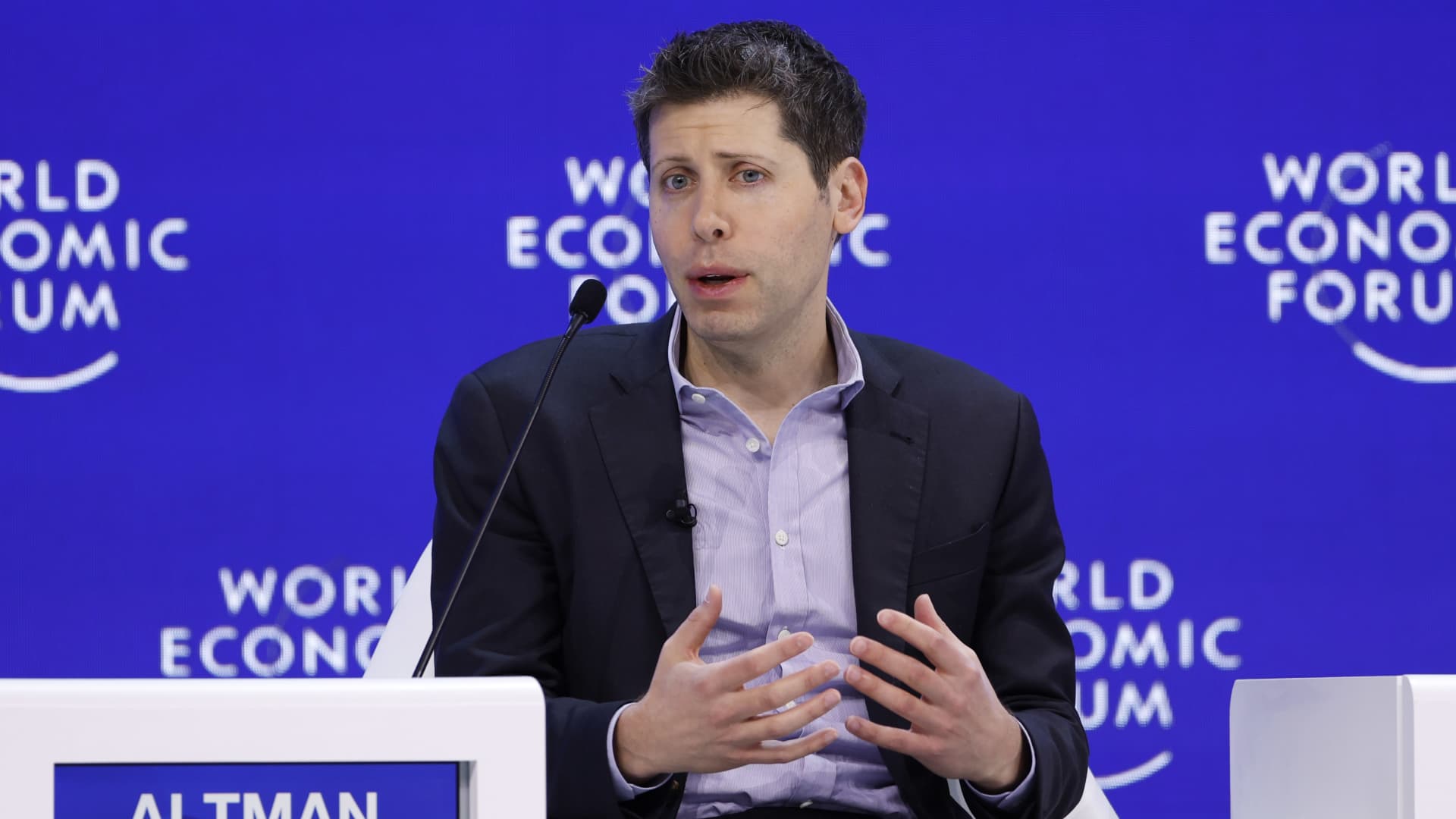- Dr. AI
- Posts
- When Giants Collide: Intellectual Property Battle
When Giants Collide: Intellectual Property Battle
The New York Times Vs. OpenAI

In a fascinating turn of events that pits traditional journalism against technological innovation, The New York Times (NYT) and OpenAI stand at the forefront of a legal showdown that could set historic precedents for copyright law and the future of artificial intelligence. This complex confrontation raises profound questions about the balance between protecting intellectual works and fostering the advancement of generative AI technologies.
The Spark
Allegations of Copyright Breach The New York Times accuses OpenAI of infringing on its copyrighted materials, suggesting that the company’s language model, ChatGPT, has been replicating NYT’s articles without authorization. The stakes are monumental, with potential damages reaching billions of dollars, reflecting the paramount importance of original content creation.
OpenAI’s Countermove
A Question of Methodology In a striking counter, OpenAI challenges the methods behind the NYT’s claims, suggesting an intentional exploitation of ChatGPT’s weaknesses to produce outputs mirroring NYT articles. This defense underscores the necessity for ethical testing practices and raises the question of whether AI’s utilization of copyrighted content can be justifiably tested in such a manner.
AI as Ally, Not Adversary
Beyond the legal claims, OpenAI proposes a vision where AI serves as an ally to journalism, enhancing and supporting the industry rather than threatening it. The company spotlights its collaborations with reputable news outlets, presenting AI as a crucial tool for advancing journalistic endeavors.
The Fair Use
Frontier Central to OpenAI’s argument is the doctrine of fair use, defending the use of copyrighted content for training AI models as a legitimate and transformative practice. This contention emphasizes the critical role of AI in the innovative reinterpretation of language and information.

Official Momerandum of the claims between parties
The Impact on Journalism and AI Development
The ramifications of this legal battle extend far beyond the courtroom, potentially influencing the future trajectory of both journalism and AI development. The verdict could redefine how AI models are trained, the viability of generative AI in content creation, and the protection of journalistic works.
The Microsoft Equation
The involvement of Microsoft adds another layer to the dispute, highlighting the tech giant’s role in integrating AI technologies and intensifying the debate over the use and monetization of AI-generated content.
Copyright Law in the AI Era
The trial will scrutinize the interplay between AI’s capabilities and copyright law’s adaptability. As machine learning and content generation become increasingly intertwined, this case could serve as a landmark in establishing the legal frameworks for AI-assisted content dissemination.
The Economic and Ethical Quandaries
At the heart of the case lies the delicate balance between economic interests and ethical considerations. The Times alleges economic harm through lost subscriptions and advertising revenue due to AI dissemination of their content, while also expressing concerns over AI’s potential to damage its journalistic reputation.
Contemplating the Future of AI and Independent Journalism
As we contemplate the implications of this case, one must consider the broader impact on independent journalism and the necessary evolution of AI in a content-rich digital age. The trial brings to light critical considerations regarding the sustainability of journalism and the ethical boundaries of AI in content generation.
The New York Times v. OpenAI is more than just a lawsuit; it is a harbinger of change in the digital age, challenging us to reimagine the relationship between AI, copyright law, and journalism. As we navigate this pivotal moment, it is essential to engage in thoughtful discussions on how we can collaboratively shape the path forward for both industries. Your voice and perspective on these issues matter. Let’s come together to discuss the future and ensure that innovation and creativity continue to thrive in harmony with intellectual property rights.

Reply